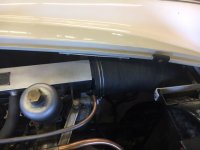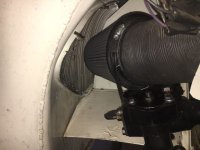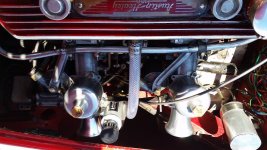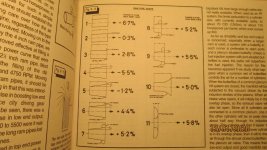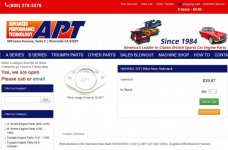I have purchased an original reproduction Healey 100M 4" rubberized canvas over wire air box hose from A H SPARES in the U.K.. It will collapse and clamp on the end of the cold air box as it came from the factory. However, I am not sure how to approach the fitting. Do you have to cut the bottom of the hose so it can overlap and secure a tight fitting? I don't want to start cutting if there is another method as the hose was expensive.
Thanks for any help!
Thanks for any help!

 Hi Guest!
Hi Guest!

 smilie in place of the real @
smilie in place of the real @
 Pretty Please - add it to our Events forum(s) and add to the calendar! >>
Pretty Please - add it to our Events forum(s) and add to the calendar! >> 

